You may use smaller bars for the target and benchmark indicators. Pandas cannot annotate bars automatically, but you can simply loop over the values and use matplotlib's pyplot.annotate instead.
import pandas as pd
import numpy as np
import matplotlib.pyplot as plt
a = np.random.randint(5,15, size=5)
t = (a+np.random.normal(size=len(a))*2).round(2)
b = (a+np.random.normal(size=len(a))*2).round(2)
df = pd.DataFrame({"a":a, "t":t, "b":b})
fig, ax = plt.subplots()
df["a"].plot(kind='bar', ax=ax, legend=True)
df["b"].plot(kind='bar', position=0., width=0.1, color="lightblue",legend=True, ax=ax)
df["t"].plot(kind='bar', position=1., width=0.1, color="purple", legend=True, ax=ax)
for i, rows in df.iterrows():
plt.annotate(rows["a"], xy=(i, rows["a"]), rotation=0, color="C0")
plt.annotate(rows["b"], xy=(i+0.1, rows["b"]), color="lightblue", rotation=+20, ha="left")
plt.annotate(rows["t"], xy=(i-0.1, rows["t"]), color="purple", rotation=-20, ha="right")
ax.set_xlim(-1,len(df))
plt.show()



